Alan Moore is widely regarded as one of the greatest comic book writers of all time, known for his intricate storytelling, deep themes, and groundbreaking narratives. While Watchmen remains his most famous work, Moore’s body of work extends far beyond that iconic graphic novel. From superhero deconstructions to historical fiction and esoteric literature, Moore’s stories challenge readers with rich storytelling, complex characters, and thought-provoking ideas.
For those who want to explore Moore’s genius beyond Watchmen, here are seven of his best works that deserve your attention.
1. Jerusalem (2016)


A Mind-Bending Epic of Time, History, and Existence
While Moore is primarily known for his work in comics, Jerusalem is his most ambitious prose novel. Spanning 1,266 pages, this book takes place in Northampton’s Boroughs, where Moore grew up, and tells a nonlinear, experimental story centered on the Vernall family. The novel blends history, fantasy, and philosophy, exploring time as an ever-present force rather than a linear progression.
Jerusalem is a challenging read, with a chapter written as a poem, another as a play, and one even composed in near-unreadable gibberish. However, its rewards are immense for those willing to dive into Moore’s most personal and experimental work.
2. The League of Extraordinary Gentlemen (1999-2019)
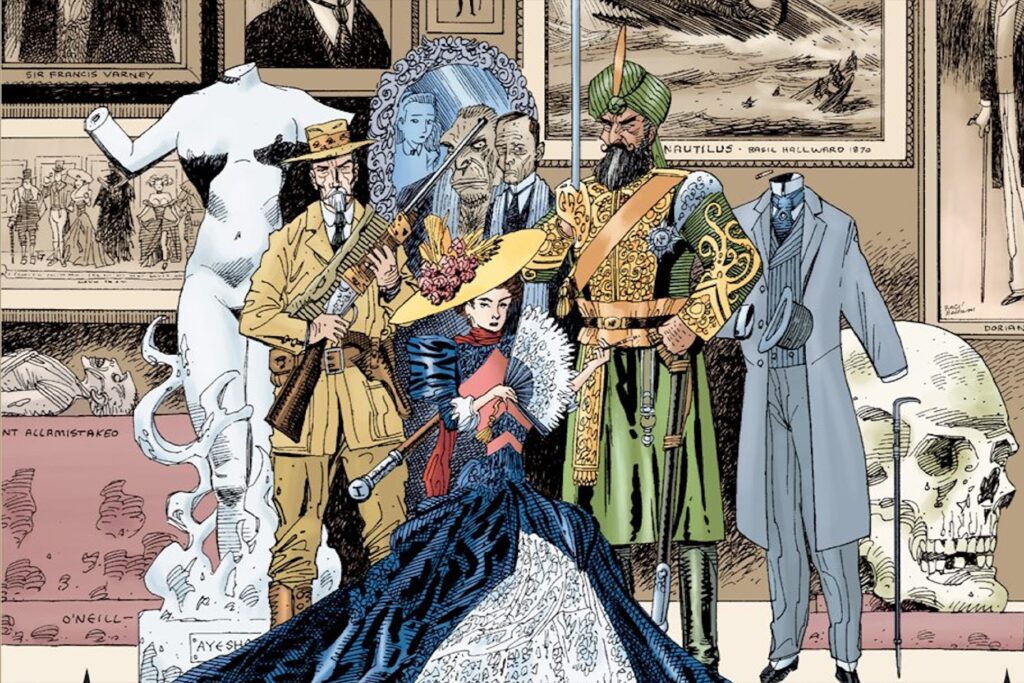

A Literary Mashup of Legendary Heroes and Villains
In The League of Extraordinary Gentlemen, Moore and artist Kevin O’Neill create a world where classic literary characters coexist. Featuring Mina Murray (Dracula), Captain Nemo (Twenty Thousand Leagues Under the Sea), Allan Quatermain (King Solomon’s Mines), Dr. Jekyll/Mr. Hyde (Strange Case of Dr. Jekyll and Mr. Hyde), and the Invisible Man (The Invisible Man), the series follows this team of extraordinary individuals as they battle threats to the British Empire.
Moore’s writing is filled with references to classic literature, while O’Neill’s art is packed with hidden details that reward keen-eyed readers. The series extends across multiple volumes, including The Black Dossier, Century, and The Nemo Trilogy, culminating in The Tempest. It’s a must-read for fans of adventure, history, and literary mashups.
3. V for Vendetta (1982-1989)
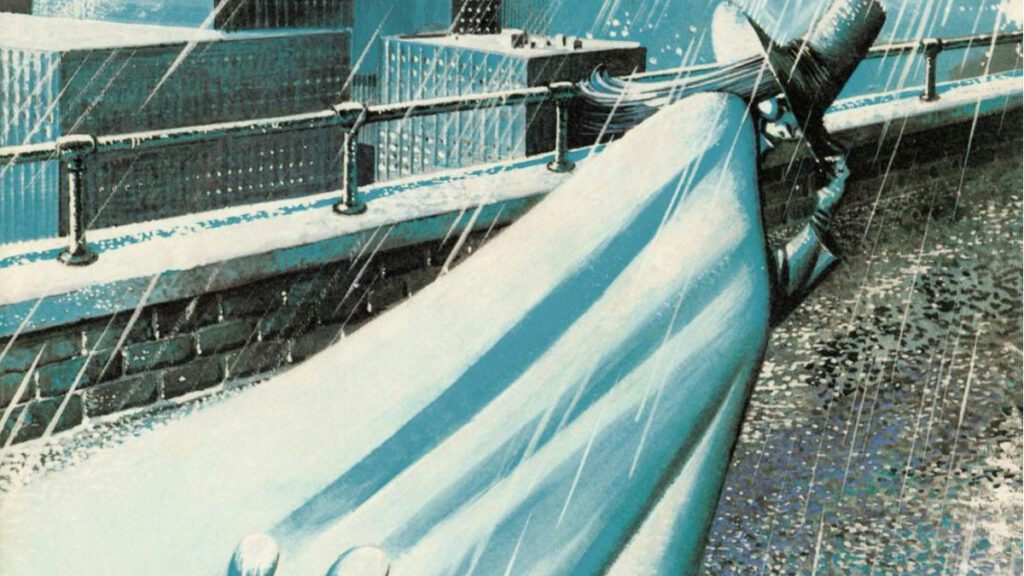

A Chilling Look at Fascism and Rebellion
Set in a dystopian future where a fascist regime controls Britain, V for Vendetta follows a masked vigilante known as V, who wages a one-man war against the government. Along the way, he recruits a young woman named Evey and exposes the dark history behind Norsefire’s rise to power.
Illustrated by David Lloyd, V for Vendetta is a powerful critique of authoritarianism, showing how people willingly trade freedom for security. The story’s themes remain relevant today, and V’s iconic Guy Fawkes mask has become a real-world symbol of resistance.
4. American Gothic (Saga of the Swamp Thing #37-50, 1985-1986)
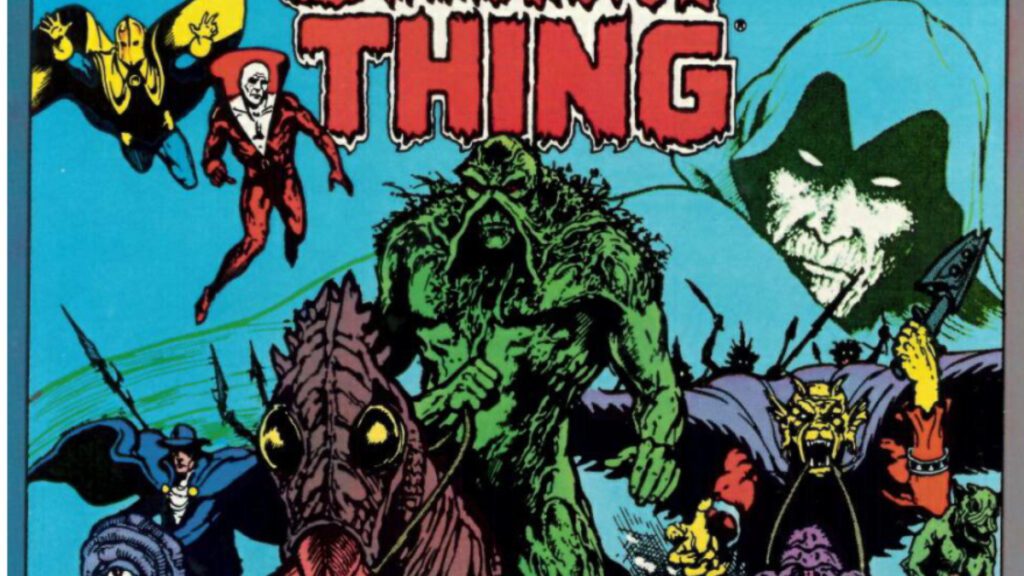

A Journey into Horror and the Supernatural
Alan Moore revolutionized Swamp Thing, transforming it from a standard monster comic into one of the most sophisticated horror series ever. His magnum opus within the series, American Gothic, sees Swamp Thing recruited by John Constantine to investigate supernatural disturbances across America.
Throughout the story, Moore explores societal horrors—racism, nuclear devastation, and ecological destruction—while leading to a climactic battle against the Great Darkness. With stunning artwork by Steve Bissette, John Totleben, and others, American Gothic is a must-read for horror fans and showcases Moore’s ability to blend social commentary with supernatural storytelling.
5. WildC.A.T.s (#21-34, 1995-1997)
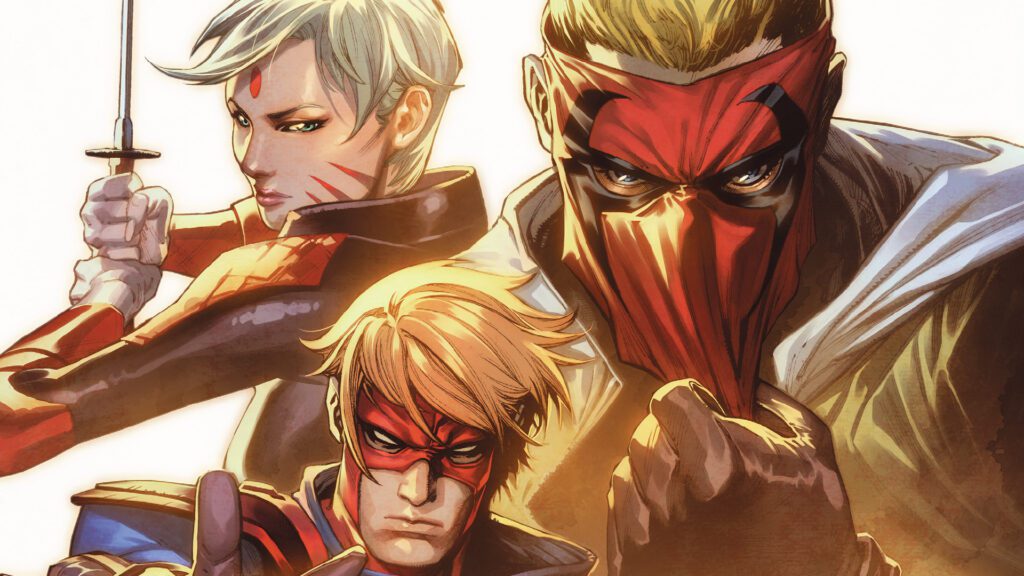

Superhero Intrigue with a Sci-Fi Twist
Moore’s run on WildC.A.T.s is often overlooked, but it showcases his ability to elevate even the most conventional superhero stories. When the original WildC.A.T.s team vanishes, a new team is formed to carry on their legacy. Meanwhile, the missing heroes find themselves on the alien world of Khera, where they learn the disturbing truth about their origins.
Working with artists Travis Charest and Jim Lee, Moore crafts a compelling mix of superhero action and political intrigue. His version of WildC.A.T.s is smarter and more character-driven than the series had ever been before, proving that even a seemingly generic ’90s superhero team could become something extraordinary in his hands.
6. Miracleman (1982-1989)
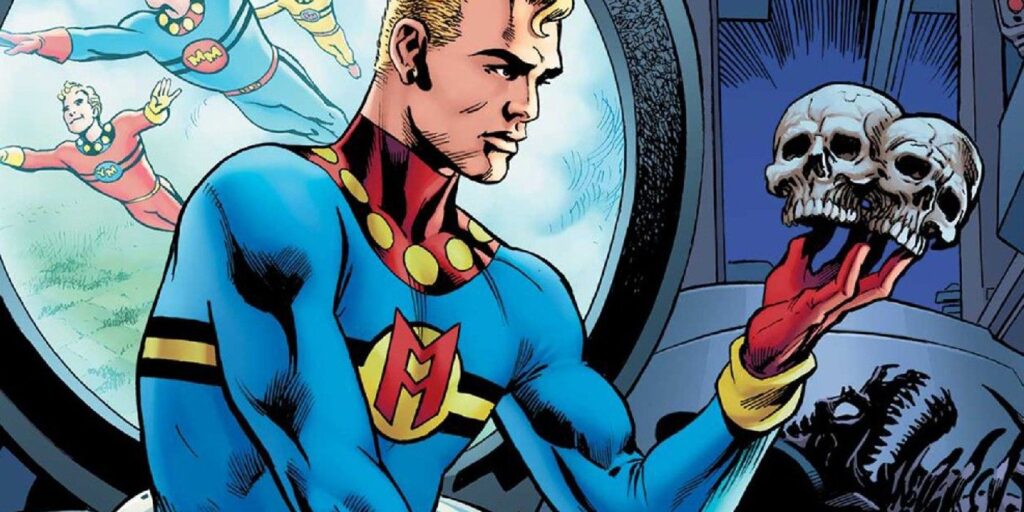

The Darkest Deconstruction of Superheroes
Long before Watchmen, Moore was already deconstructing superheroes with Miracleman (originally Marvelman). Taking a forgotten British knockoff of Captain Marvel, Moore transformed it into one of the most thought-provoking superhero sagas ever.
The story follows Michael Moran, a man who discovers he was once the superhero Miracleman. However, as he regains his memories, he learns that his past was manipulated, and his world is far darker than he ever imagined. The series culminates in a brutal battle between Miracleman and his former sidekick-turned-villain, Kid Miracleman, leading to a chilling redefinition of what a utopian superhero society would actually look like.
Illustrated by legendary artists like Gary Leach, Alan Davis, and John Totleben, Miracleman is a must-read for anyone interested in Moore’s superhero philosophy.
7. From Hell (1989-1998)
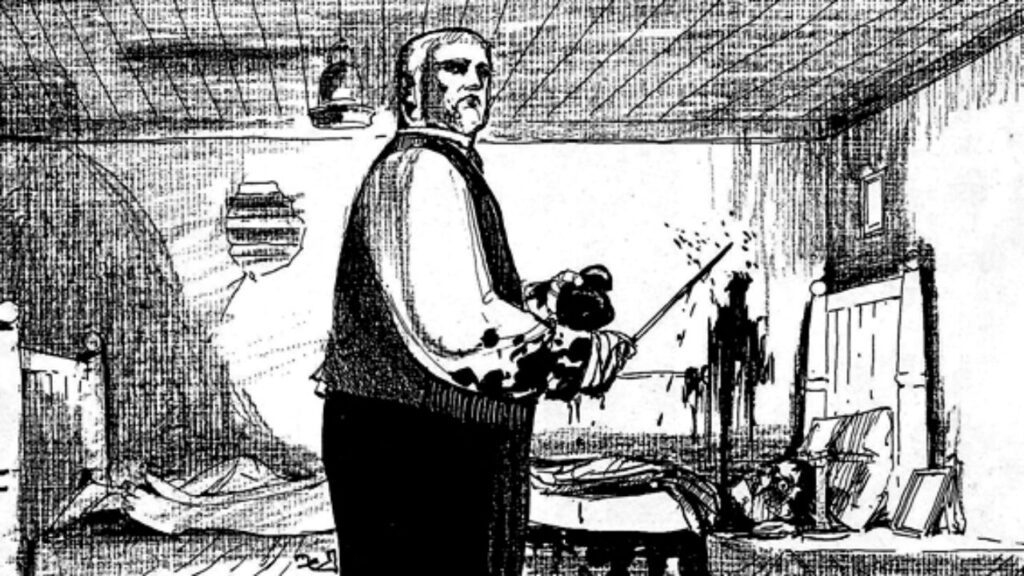

A Deeply Researched and Haunting Jack the Ripper Tale
In From Hell, Moore and artist Eddie Campbell meticulously reconstruct the Jack the Ripper murders, weaving together history, conspiracy theories, and psychological horror. The story presents Sir William Gull, Queen Victoria’s physician, as the Ripper, committing murders as part of a Masonic conspiracy to silence a royal scandal.
Unlike typical murder mysteries, From Hell isn’t about solving the case—it’s about exploring the nature of evil, the birth of modern society, and the way history shapes our perception of truth. Campbell’s haunting black-and-white art adds to the story’s unsettling atmosphere, making From Hell one of the most immersive and disturbing graphic novels ever written.
Conclusion — Alan Moore’s Genius Beyond Watchmen
Alan Moore’s influence on comics and literature goes far beyond Watchmen. Whether he’s deconstructing superheroes, crafting historical horror, or writing experimental prose, Moore’s works challenge and redefine storytelling itself. If you’re only familiar with Watchmen, these seven works will show you why Moore is regarded as a true visionary in the world of comics and beyond.
Related
Stay updated with the latest student resources and insights from My School Portal! Subscribe to our newsletter for fresh content delivered straight to your inbox—no spam, just value 😊














